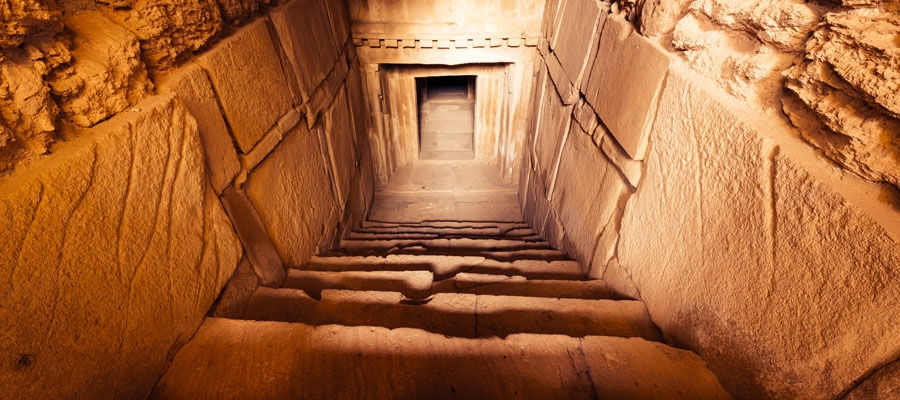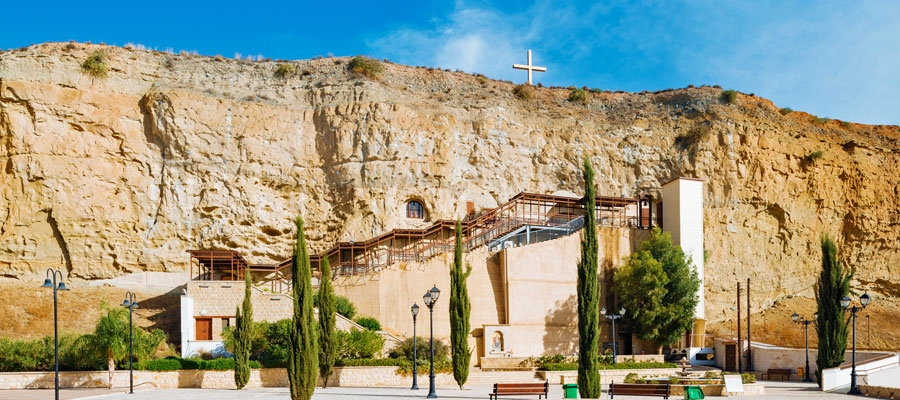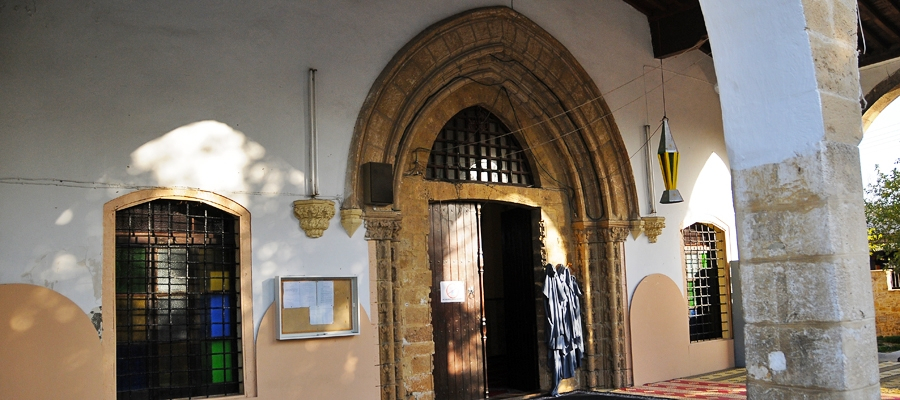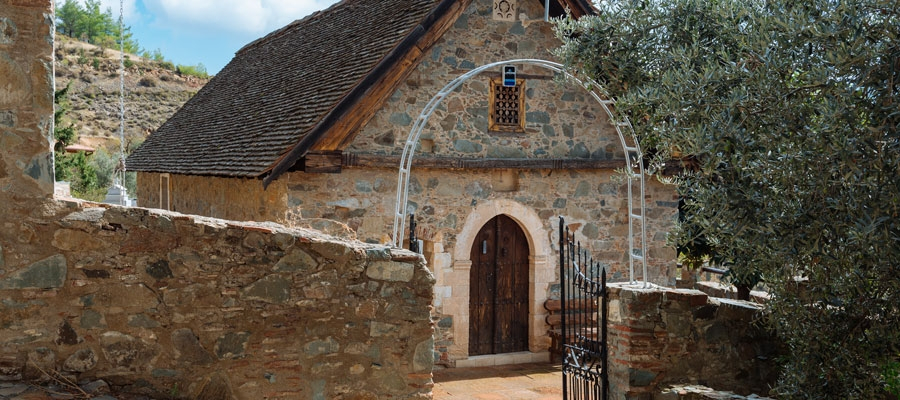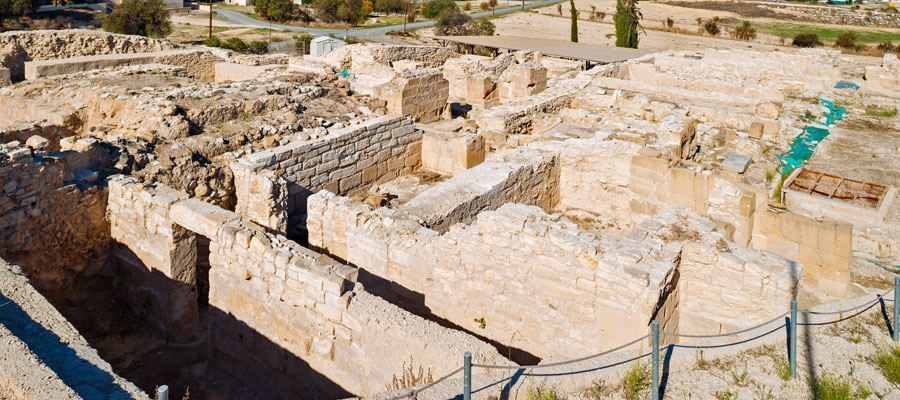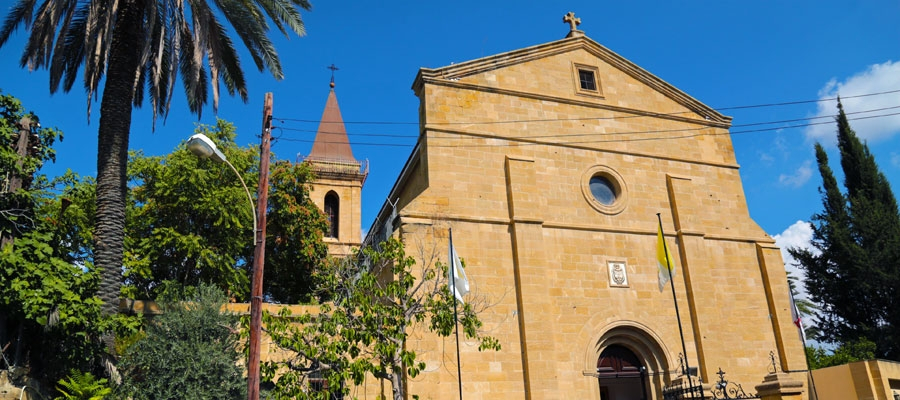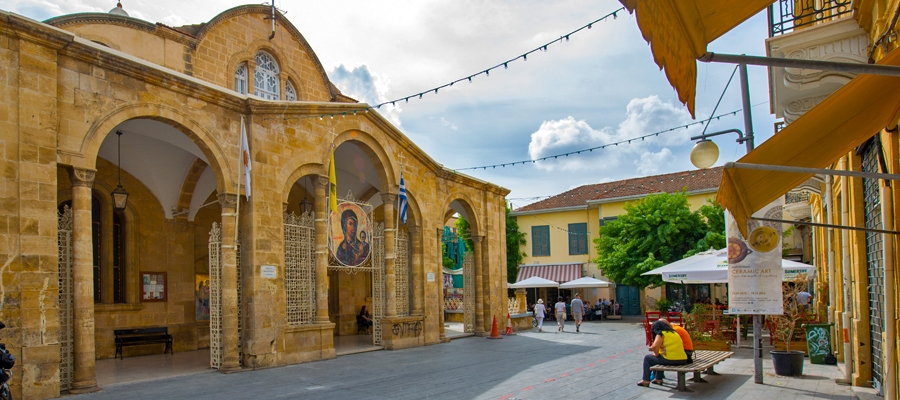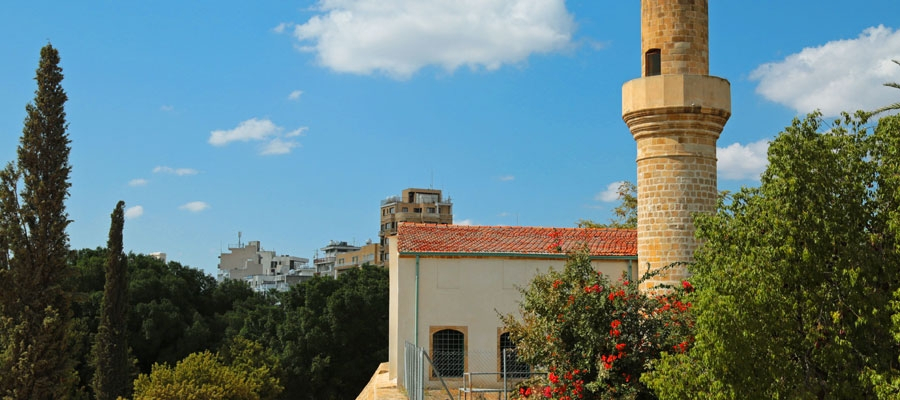Tamasos was one of the most important city kingdoms of Cyprus, even though the exact date of its establishment and its founder are not known.
Located on the left bank of the river Pediaios, in the area where the villages of Politiko, Pera and Episkopio are found today, the large archaeological site has unearthed the temple of Aphrodite, two majestic royal tombs, as well as several smaller ones.
Part of the city’s fortifications and copper-processing installations can also be seen at the site, whilst excavations have also brought to light copper workshops associated with Aphrodite – Astarte, and six oversized limestone statues dating back to the 6th century BC, when Cyprus was under Egyptian rule. The latter are now exhibited in the Cyprus Archaeological Museum in Lefkosia (Nicosia).
The Cult of Aphrodite flourished at the site, as indicated by the altar made of rough limestone, as well as various votive vessels, incense burners and lamps that have been unearthed.
The sanctuary and the altar are thought to have been built during the Cypro – Archaic II period (600 – 475 BC), destroyed at the beginning of the 5th century, and again in the 4th century BC, only to have been rebuilt during the Hellenistic period. Terracotta and stone statuettes of pigeons (the bird sacred to Aphrodite) have also been uncovered.
| Region: | Lefkosia |
| Address: | Politiko village, 21km southwest of Lefkosia |
| Contact No: | Tel: +357 22 622 619 |
| Operating Hours: |
September 16 – April 15, Monday – Friday: 08:30 – 16:00 April 16 – September 15, Monday – Friday: 09:30 – 17:00 Closed on weekends. |
| Operating Period: |
All year round. Closed on Public Holidays. |
| Entrance Fee: |
€2,50 For organised groups consisting of more than 10 persons there is a 20% reduction on the entry fees. The Department of Antiquities can issue special entry cards for all its museums and ancient monuments: One (1) day entry cards – €8,50, three (3) day entry cards – €17,00, seven (7) day entry cards – €25,00. |
| Disabled Access: | Wheelchair accessible. |
| Website: | www.mcw.gov.cy/da |
| Opening and closing times as well as entrance fees, are subject to alterations without notice. Visitors are advised to check before visiting. |

